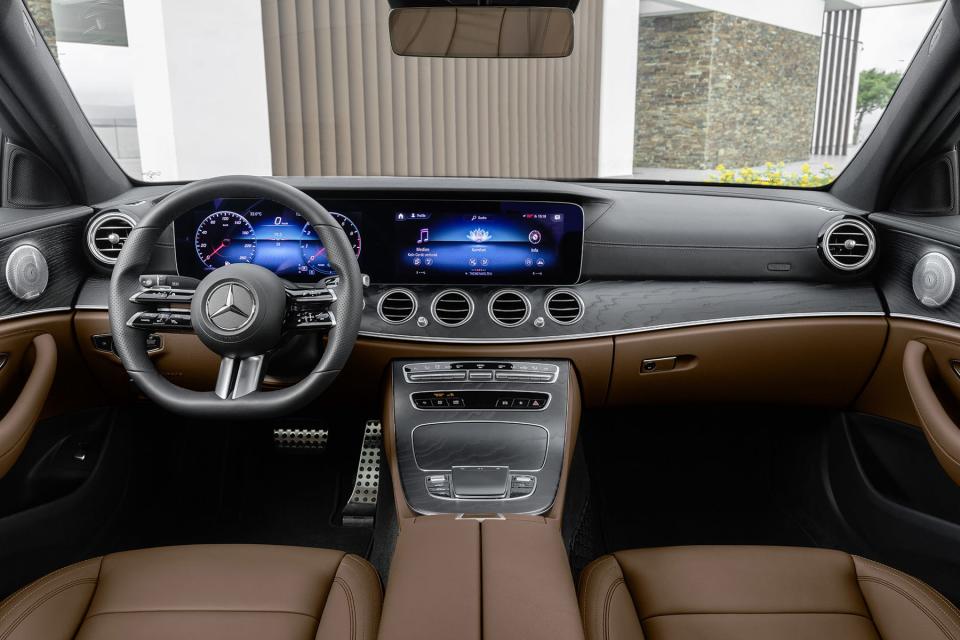Mercedes' new E-Class knows when you're holding the wheel
Capacitive sensing ensures your hands stay on the wheel when using driver assist features.
Mercedes vehicles come with state-of-the-art driver assist features, but with the 2021 E-Class sedans, it wants to make sure you use them properly. As such, it has introduced a new steering wheel with capacitive touch technology that can detect whether your hands are on the wheel.
Previous E-Class sedans could only detect if your hands were on the wheel by sensing changes in steering input. However, that system was fairly easy to cheat and actually forced you to move the wheel on long straightaways, just so it wouldn't disengage. Suffice to say, forcing the driver to make unwanted steering inputs isn't ideal for safety.
The new system is much more direct, and should be a bit harder (though not impossible) to fool. That will help ensure drivers keep their hands on the steering wheel when using E-class features like active steering assist, active brake assist and adaptive cruise control.
Mercedes isn't the first to use capacitive steering wheel tech. Cadillac's excellent Super Cruise driver assist uses not only a touch-sensitive steering wheel, but also eye-tracking cameras to ensure that drivers are paying attention. Audi's E-Tron also has a touch-sensitive capacitive steering wheel.
All of this is particularly relevant in the US. The NTSB (National Transportation Safety Board) recently concluded an investigation into a Tesla Model X accident that resulted in the driver's death. It found, in part, that drivers are often over-reliant on self-driving features. It recommended that regulators draw up monitoring systems to "account for foreseeable misuse of automation." To that end, we're likely to see more features like the E-Class capacitive touch steering wheels down the road.

 Yahoo Finance
Yahoo Finance 

